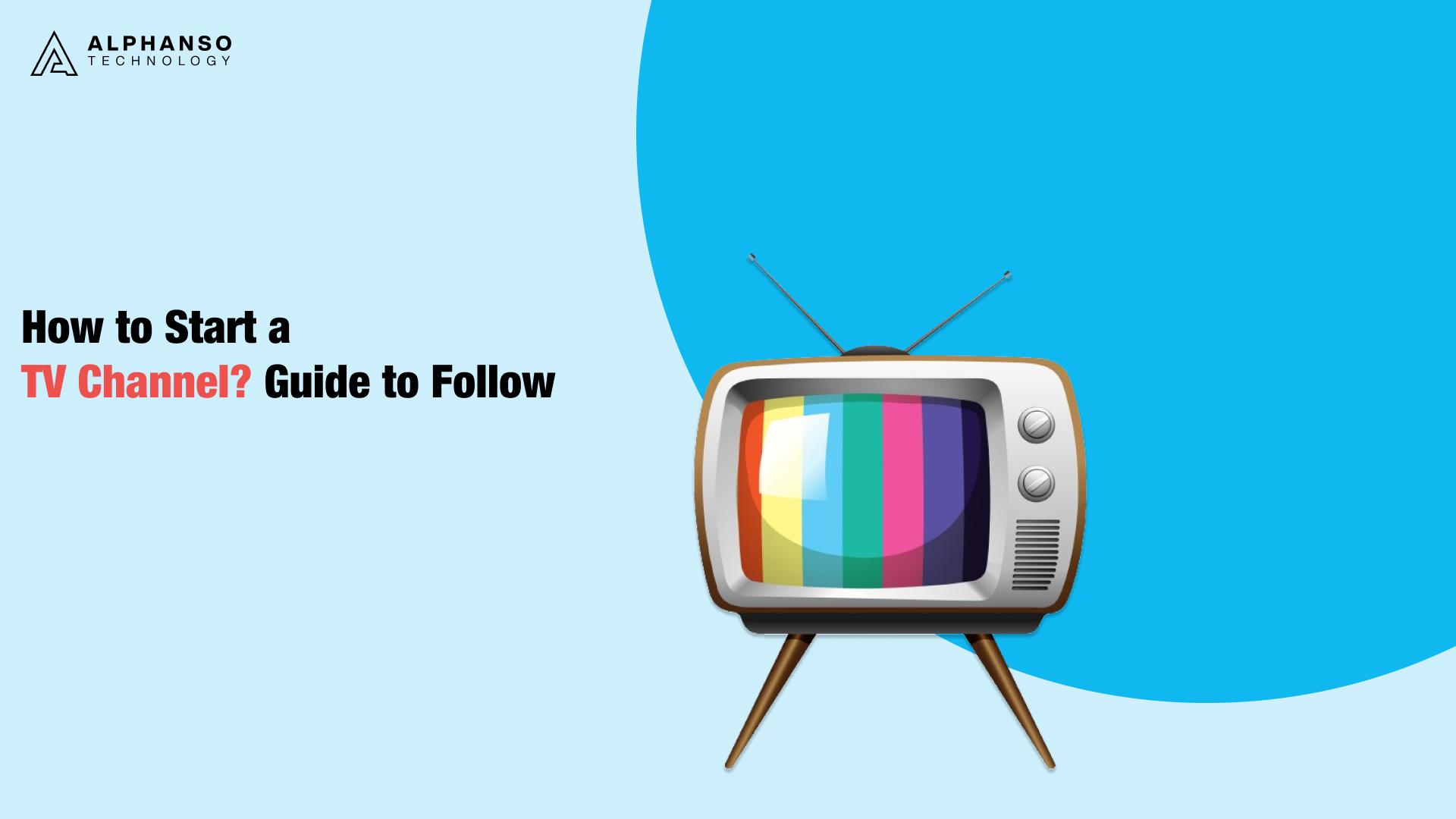The 9-Minute Rule for Apollo Group Tv
Table of ContentsThe smart Trick of Apollo Group Tv That Nobody is DiscussingLittle Known Questions About Apollo Group Tv.Little Known Questions About Apollo Group Tv.Indicators on Apollo Group Tv You Should Know
In this situation, rather than having three-minute industrial places during a 30-minute television program, TV shows might change to one where a customer will certainly be needed to have a regular monthly subscription, to ensure that they cen view targeted banner ads. This sort of advertising and marketing already takes place on the net, and the amount of data television companies gather allows them to do similar.Explain the impact of enrollers on program web content. Explain the major trends amongst the broadcasting and cable networks. When television remained in its early stage, producers designed the new medium on radio. Popular radio shows such as cops dramatization Dragnet and western cowboy collection Gunsmoke were adjusted for television, and new television programs were funded by single advertisers, simply as radio programs had actually been.
Today, the tv industry is much more complicated. Programs are sponsored by numerous advertisers; programs is controlled by significant media conglomerates; and the 3 major networks no much longer dominate the airwaves yet instead share their visitors with many wire channels. Numerous aspects make up these trends within the industry, consisting of technical growths, federal government policies, and the creation of brand-new networks.

The Buzz on Apollo Group Tv
Developed in 1969, (PBS) developed out of a report by the Carnegie Commission on Educational Television, which examined the role of educational, noncommercial tv on society. Public television was likewise meant to provide universal access to tv for visitors in country areas or visitors that can not manage to pay for private television solutions.
The duration in between 1950 and 1970 is historically acknowledged as the. Apart from a little section of airtime managed by public television, the 3 major networks (referred to as the Big Three) dominated the television industry, jointly accounting for more than 95 percent of prime-time watching. In 1986, Rupert Murdoch, the head of multinational business Information Corp, launched the Fox network, challenging the dominance of the Big 3.
Targeting young and minority audiences with programs such as Buffy the Vampire Slayer, Moesha, Dawson's Creek, and The Wayans Bros., the new networks really hoped to attract stations away from their old network affiliations. Nonetheless, instead of repeating the success of Fox, UPN and WB had a hard time to make an effect. Not able to draw in numerous associate terminals, the 2 recently established networks reached less households than their bigger rivals because they were unobtainable in some smaller cities.
This decision led the way for the growth of cable television flick channels, adding to the exponential development of cable television in the 1980s and 1990s. apollo tv. Further deregulation of wire in the 1984 Wire Communications Policy Act removed constraints on cable prices, allowing operators to bill what they wanted for wire services as long as there was efficient competition to the solution (a requirement that over 90 percent of all cable television markets could satisfy)
The Buzz on Apollo Group Tv

Having actually developed the first "superstation," Turner increased his realm by establishing 24-hour news network CNN in 1980. At the end of the year, 28 national programming solutions were offered, and the wire revolution had started. Over the next decade, the market went through a period of quick growth and appeal, and by 1994 visitors could select from 94 fundamental and 20 costs cord solutions.
Number 9 - https://hearthis.at/vick-boyd/set/apollo-group-tv/.16 Boosted competitors from cable networks has caused a stable decline in the networks' audience scores. Throughout the 1950s, the price of creating a single television show boosted as programs came to be longer and production costs soared. Sponsorship on network television changed from solitary sponsorship, in which a program was totally supported and generated by one marketer, to multiple sponsorship, in which advertisers got 1- or 2-minute spots on the show
Each response must be a minimum of one paragraph. Select among the Big 4 networks and publish out its weekly programming routine. Watch the network's prime-time programs throughout a week, noting the target demographic for every show. Observe the advertising and marketing sponsors that support each program and contrast exactly how the products and services fit with the intended audience.
More About Apollo Group Tv

Linear TV, often described as typical broadcast TV, includes cord and satellite tv. It's called "direct" due to the fact that web content adheres to a fixed programs routine, unlike on-demand material which the specific viewer makes a decision to view based on their own preferences and timetable. When you ask, "What is straight TV?", think about it as the timeless means of watching television that has been around his response for years.
Comments on “Some Known Questions About Apollo Group Tv.”